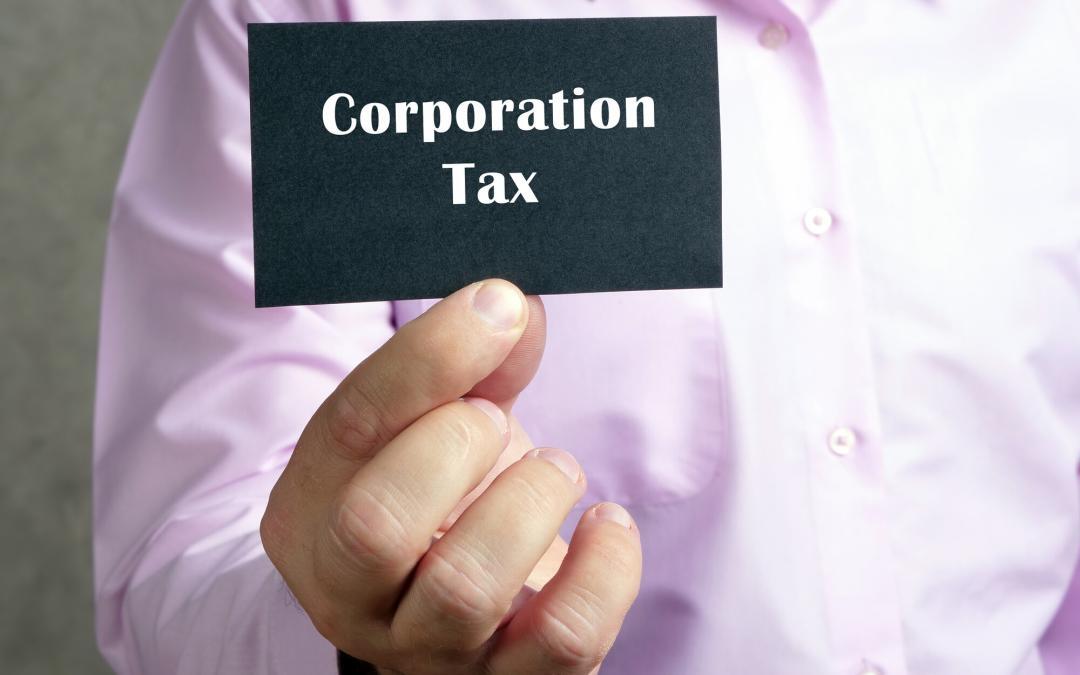The corporation tax rate will change from 19% to 25% from 1 April 2023 for many companies. Small companies with taxable profits of under £50,000 are unaffected and their rate of tax will remain at 19%. The full 25% only applies if profits exceed £250,000 and there is a tapered rate in between these two values.
For those companies that do not have 31 March year ends their profits will be pro-rated between the pre and post-1 April 2023 periods.
It might seem an obvious strategy to create more companies such that an existing company’s profits are spread around amongst the newly created companies. However, there are associated company rules (dormant companies and passive holding companies excepted) that will negate the effectiveness of this strategy.
What are associated companies and how do they impact the rate of tax payable?
Broadly a company is associated with another company if at any time within the preceding 12 months one company has control of another or both companies are under the control of the same person or group of persons. Control means 51%, but the rights and powers of a person’s associates (e.g. spouses, civil partners, and business partners) are also taken into account.
However where businesses are owned by associates of that person (or persons), if the relationship between one or more companies is not one of substantial commercial interdependence, they will not be deemed to be associated.
Associated companies result in the limits at which higher rates of tax are paid being reduced. Essentially the lower (£50,000) and upper profit (£250,000) limits are divided by the number of associates.
What is substantial commercial interdependence?
Factors such as the degree to which companies are financially or economically or organisationally interdependent are considered. Financial interdependence can be in the form of financial support or one has financial interests in the other’s activities. Economic interdependence can be created because the two companies seek to realise the same economic objective, the activities of one benefit the other or they have common customers. Organisational interdependence can be through common management, employees, premises, or equipment. In many instances, a lack of substantial commercial interdependence will be difficult to substantiate.
Calculating the applicable tax rate
Where profits fall between £50,000 and £250,000 (as adjusted for associates) tax is calculated at 25% less marginal relief. Marginal relief is:
The Marginal relief fraction (3/200) x (upper limit – augmented profits) x (taxable profits dividend by augmented profits)
Augmented profits are total taxable profits plus exempt distributions from non-group companies (e.g. dividends). Augmented profits will often, therefore, be the same as taxable profits. If this were the case, and the company’s taxable profits were, say £190,000, the calculation is 3/200 x (250,000 – 190,000 = £900. The £900 marginal relief is then deducted from the tax calculated at 25%. Tax on £190,000 at 25% is £47,500, so the actual tax due is £46,600, which represents a tax rate of 24.526%.
If the company in the above example had an associated company then the upper-profit limit would be £125,000 and there would be no marginal relief. If a company had 2 associates then the lower limit would be £50,000 / 3 = £16,667 and the upper limit would be £83,333. If profits were £50,000 the marginal relief would be 3/200 x (83,333 – 50,000) = £500 and tax due would be £50,000 x 25% = £12,500 less £500 = £12,000, which represents a rate of 24%.

